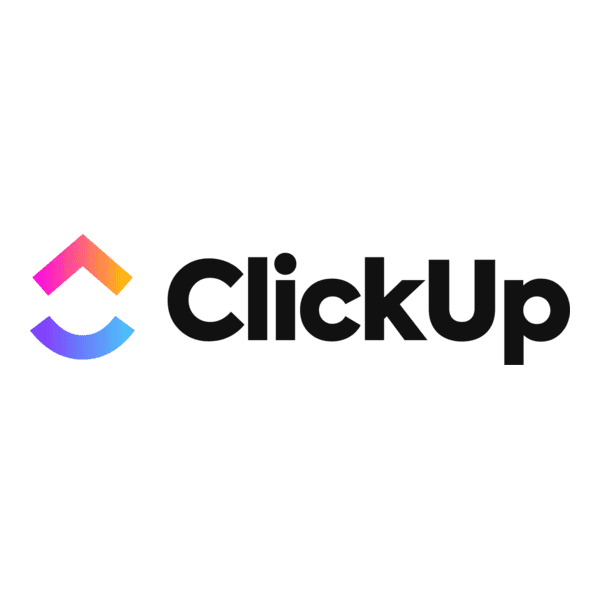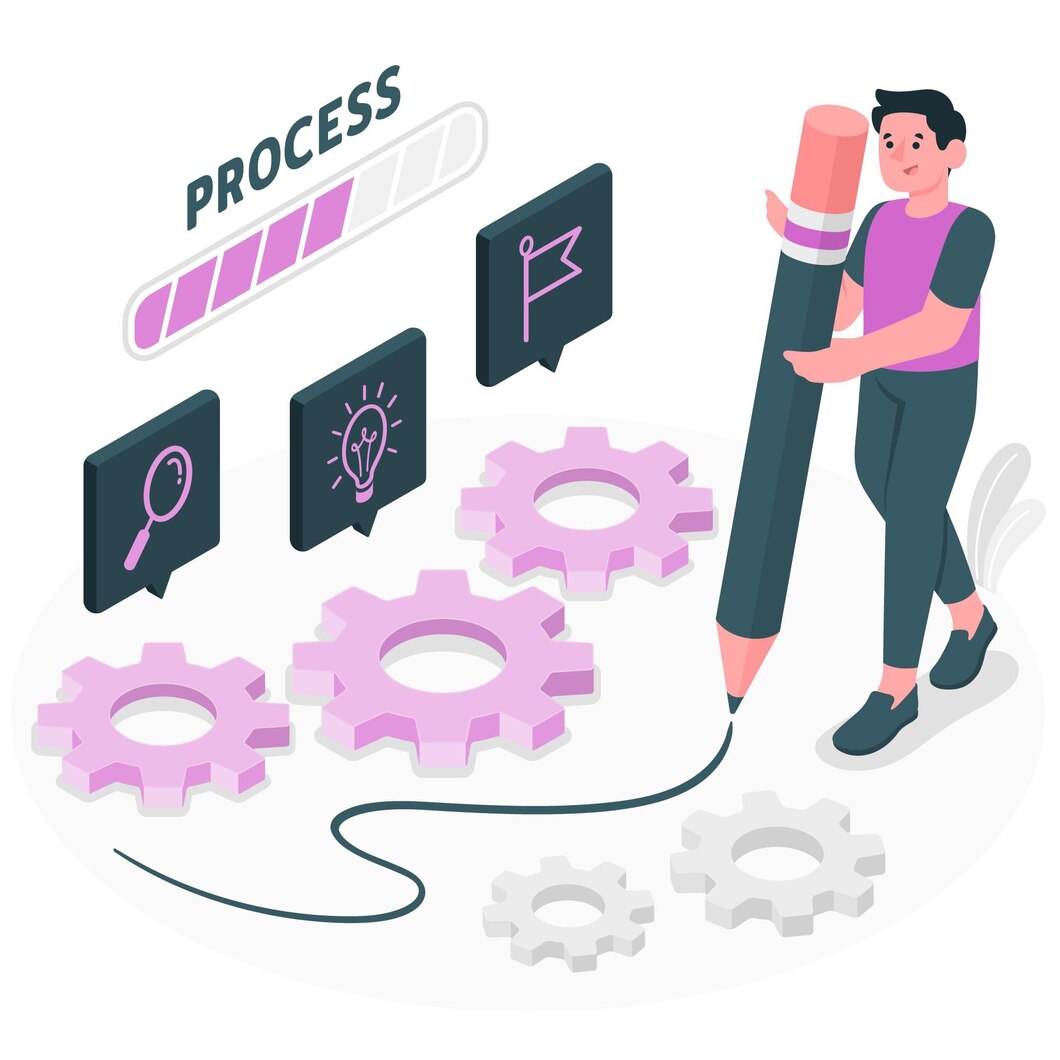Creative and client-facing teams drown in tools built for engineers. Task hierarchies multiply, sprint boards pile up, and even the simplest update turns into a click-heavy ritual. As deadlines tighten and client expectations shift, these teams find themselves buried under workflows they never asked for—just to push a single project live.
There’s a way out—but it’s not another dashboard, or another integration that fixes an integration. It realigns the system with the rhythm of delivery, not the rituals of process. So, what should you actually use when Jira starts feeling like a project in itself? And no, the answer isn’t “more training.”
1. Pinrom – Execution-Centric Project Management for Autonomous Teams
Pinrom removes the assumption that every team has—or needs—a project manager. It operates under a different philosophy: execution is the goal, not process perfection. The system enforces ownership, deadlines, and visibility without depending on process guardians. Tasks are structured in a way that aligns tightly with output, not bureaucracy. This is not a “management suite”—it’s a streamlined framework for getting work delivered.
The platform serves professionals who switch between strategic work and delivery. Marketing, design, and writing teams benefit from a structure that doesn’t interrupt their momentum. Unlike Jira, which prioritizes granular tracking for engineering teams, Pinrom aligns better with high-output, cross-disciplinary professionals. Where Jira enforces process depth, Pinrom enforces delivery discipline—fewer moving parts, faster clarity, immediate accountability.
-
ClickUp – Operational Flexibility Built for Control
ClickUp overwhelms with breadth. It integrates task management, docs, chat, goals, and time tracking into a single system. For teams that thrive on centralized control, ClickUp eliminates the need to hop between tools. Every element of a workflow is customizable, from task types to reporting dashboards. This flexibility suits highly structured teams with deep operational oversight.
However, the initial configuration is laborious. Teams must build their spaces from scratch or deeply customize templates. For those who enjoy granular setup and process layering, ClickUp delivers power. In contrast to Pinrom’s streamlined experience, ClickUp appeals to teams that view tools as infrastructure. Jira’s approach to engineering mirrors ClickUp’s structure-driven mindset—but ClickUp scales that philosophy across all departments.
-
Asana – Strategic Clarity Meets Lightweight Project Planning
Asana delivers immediate clarity in how work connects to goals. It enforces a top-down structure that aligns tasks with broader initiatives. This feature benefits teams working on complex campaigns or multi-phase product marketing timelines. The interface supports easy tracking, visual layouts, and milestone setting—all of which reduce friction during execution.
Unlike Jira’s engineering-specific workflows, Asana allows cross-functional teams to coordinate without learning Agile. It’s particularly useful when leadership demands strategic oversight without drowning in detail. Where Pinrom offers speed and flexibility, Asana offers hierarchy and forecastable structures. Choose it when visibility across leadership layers takes priority.
-
Trello – Visual Simplicity for Flat Teams
Trello brings minimalism to task management. It thrives in flat teams where everyone operates as both executor and collaborator. Its card-based interface requires zero onboarding—each task moves across stages with visual clarity. For teams managing editorial calendars, design requests, or lightweight sprints, Trello removes barriers and surfaces progress.
However, Trello breaks down when workflows demand automation, reporting, or dependencies. In comparison to Jira’s structured sprint management or Pinrom’s execution discipline, Trello offers flexibility without control. It suits teams that value adaptability and visual thinking over hierarchy and timelines. Use it when the project lifecycle lives in shared memory and not in rigid systems.
-
Wrike – Execution Visibility for Mid-Sized, Multi-Role Teams
Wrike focuses on visibility across departments. Gantt charts, workload views, and real-time dashboards provide managers with detailed oversight. It accommodates both request-driven and planned work, which benefits teams juggling operations and creative deliverables.
Wrike outperforms Jira when used by hybrid teams that combine technical and non-technical contributors. It also excels where client updates and internal forecasting collide. Compared to Pinrom, Wrike prioritizes managerial clarity over speed. It expects process rigor and rewards structured organizations. Choose it when coordination is your operational bottleneck.
-
Zoho Projects – Enterprise-Like Planning Without Enterprise Cost
Zoho Projects mirrors features of enterprise PM tools—task dependencies, Gantt charts, resource allocation—but does so at a lower cost. Teams managing internal operations or client deliverables at scale benefit from its structured planning approach. Budget-conscious agencies favor its balance between features and affordability.
Yet the interface feels transactional and utilitarian. It lacks the UX polish that drives adoption among non-technical users. Jira similarly suffers from usability friction. Pinrom bypasses this issue by eliminating administrative overhead. Use Zoho Projects when your process demands discipline and your budget rejects bloated platforms.
-
Monday – Template-Driven Delivery for Creative Repetition
Monday’s interface encourages workflow reuse. Its templates, automations, and board views are ideal for recurring project types: launching campaigns, onboarding clients, and releasing content. This tool suits creative teams that want a process without rigidity.
The visual orientation makes Monday more accessible than Jira and more structured than Trello. However, its templated nature assumes you know your workflows. Pinrom, by contrast, adapts to teams still evolving their systems. Monday thrives when execution is consistent and measurable—when work is repeated, not reinvented.
-
Basecamp – Minimalist Coordination for Calm Communication
Basecamp is designed around asynchronous work. Its message boards, check-ins, and schedules prioritize communication over configuration. Teams looking for transparency without pressure benefit from Basecamp’s no-frills organization.
Basecamp does not enforce timelines, dependencies, or dashboards. It excels when teams need a shared space for structured conversation—not high-velocity task tracking. Pinrom and Jira both handle execution more aggressively. Choose Basecamp when collaboration is the product, not a byproduct of projects.
-
Smartsheet – Grid Logic for Operational Planning
Smartsheet brings spreadsheet logic into project execution. It translates familiar cell-based systems into Gantt charts, reports, and dashboards. For teams managing logistics, timelines, or financial operations, this model fits seamlessly.
However, Smartsheet’s structure intimidates teams without spreadsheet fluency. Where Jira overwhelms with features, Smartsheet overwhelms with formats. Pinrom bypasses both through simplicity. Smartsheet belongs to teams that live in Excel but need collaborative layers. It performs well in procurement, event planning, and operations.
-
Microsoft Project & Planner – Compliance-Driven Delivery in the Microsoft Ecosystem
Microsoft Project is built for organizations that require compliance, scheduling precision, and stakeholder-level visibility. It handles critical path analysis, workload distribution, and timeline conflicts with surgical accuracy. Planner serves as a simplified version for Teams integration.
Both tools reward planning discipline but penalize iteration. Jira shares the same philosophy but applies it to Agile. Pinrom breaks that mold. Choose Microsoft’s tools when external compliance, executive reporting, or legacy processes govern your project lifecycle.
-
Teamwork – Billable Workflows for Client-Focused Teams
Teamwork integrates time tracking, invoicing, and client collaboration into its task management flow. Agencies delivering client work benefit from its profitability tracking. It aligns projects with revenue and performance metrics.
Jira ignores billing. Pinrom ignores it intentionally. Teamwork embeds it. If resource utilization and client transparency are revenue-critical, Teamwork solves that operational challenge. It suits studios, consultancies, and services that need to correlate hours with impact.
-
Celoxis – Portfolio Management for Financial Oversight
Celoxis elevates project management into portfolio ROI tracking. Budgets, forecasts, resource planning, and risk reports turn each project into a performance asset. This level of control suits PMOs and professional service firms managing multiple high-stakes engagements.
It demands a process-heavy organization to justify the system’s depth. Jira provides execution control. Celoxis provides financial clarity. Pinrom prioritizes momentum. Choose Celoxis when leadership views projects as capital—not just deliverables.
-
Miro – Visual Ideation Before Execution Begins
Miro enables planning, mapping, and ideation through collaborative whiteboards. It turns strategy sessions into visual systems—customer journeys, wireframes, process maps. It helps teams align before the first task is even assigned.
Miro doesn’t manage projects. It defines them. Pair it with a delivery tool. Jira handles execution. Pinrom delivers execution speed. Miro sets the pre-execution stage. Use it when you map before you move.
-
Notion – Documentation-Led Execution for Thinking Teams
Notion connects documentation, databases, and tasks into a fluid workspace. Strategy decks, meeting notes, SOPs, and project tasks live side-by-side. This model suits knowledge-heavy teams—consulting firms, content teams, and R&D groups.
Notion lacks formal timelines or dashboards. It’s not built for precision planning or sprint tracking. Pinrom offers more structure. Jira offers more rigor. Use Notion when context defines your work more than deadlines do.
Conclusion
Project management isn’t about checklists, dashboards, or drag-and-drop gimmicks. It’s about matching the way your team actually works. Jira builds depth, but in doing so, it buries momentum. Most other tools go wide on features but miss the core need—fast, focused execution.
Pinrom removes that friction. It puts control in the hands of professionals, not project managers. No bloat. No gatekeepers. Just delivery, accountability, and speed.
For $1/user, Pinrom gives creative and client-facing teams the project clarity they’ve always paid too much to get elsewhere.



